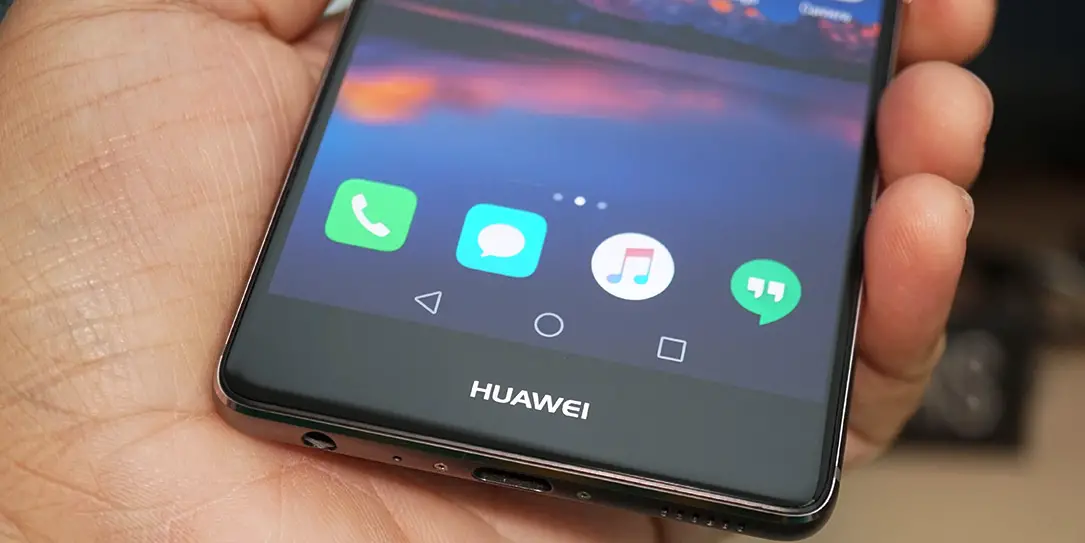Yesterday at IFA 2017, Huawei CEO Richard Yu pulled the curtain back on the company’s Kirin 970 artificial intelligence (AI) chipset. Huawei called the unveiling “a new era in smartphone innovation.” The company’s vision for the future of mobile AI computing is a combination of cloud computing with the speed of native AI processing in the Kirin 970. AI is one of the hot topics in technology these days with much debate on how we should proceed with the technology. Huawei seems to be on the side of the continued development of the technology as a whole.
“As we look to the future of smartphones, we’re at the threshold of an exciting new era,” said Richard Yu, CEO of Huawei Consumer Business Group. “Mobile AI = On-Device AI + Cloud AI. Huawei is committed to developing smart devices into intelligent devices by building end-to-end capabilities that support coordinated development of chips, devices, and the cloud. The ultimate goal is to provide a significantly better user experience. The Kirin 970 is the first in a series of new advances that will bring powerful AI features to our devices and take them beyond the competition.”
Huawei claims that Cloud AI has seen “broad” improvement but still needs improvements in latency, stability, and privacy. The company says an on-device AI, such as the Kirin 970, can provide strong sensing capabilities, which are “the foundation of understanding and assisting people.” The company also says that a chipset like the Kirin 970 will become more cognitive of user needs, providing truly personalized and readily accessible services.
Kirin 970 is powered by an 8-core CPU and a new generation 12-core GPU. Built using a 10nm advanced process, the chipset packs 5.5 billion transistors into an area of only one cm². Huawei’s new flagship Kirin 970 is Huawei’s first mobile AI computing platform featuring a dedicated Neural Processing Unit (NPU). Compared to a quad-core Cortex-A73 CPU cluster, the Kirin 970’s new heterogeneous computing architecture delivers up to 25x the performance with 50x greater efficiency. Simply put, the Kirin 970 can perform the same AI computing tasks faster and with far less power. In a benchmark image recognition test, the Kirin 970 processed 2,000 images per minute, which was faster than other chips on the market.
Huawei is positioning the new chipset as an open platform for mobile AI which means developers can play with the chipset and create new uses for it.
What do you think of Huawei’s new chipset? Let us know in the comment section below, or on Google+, Twitter, or Facebook.











Comments are closed.